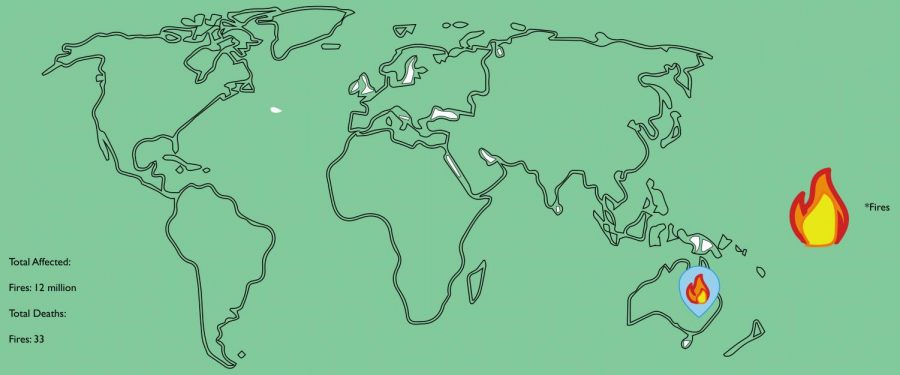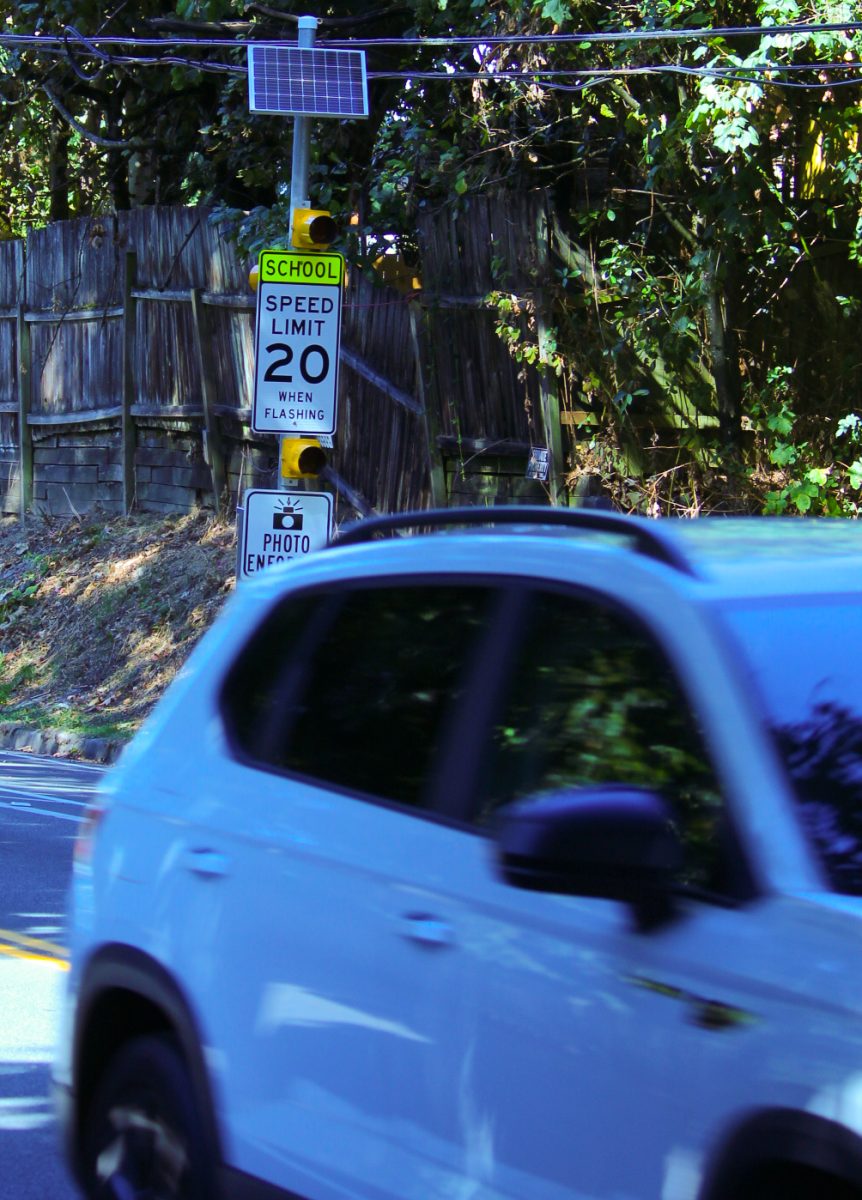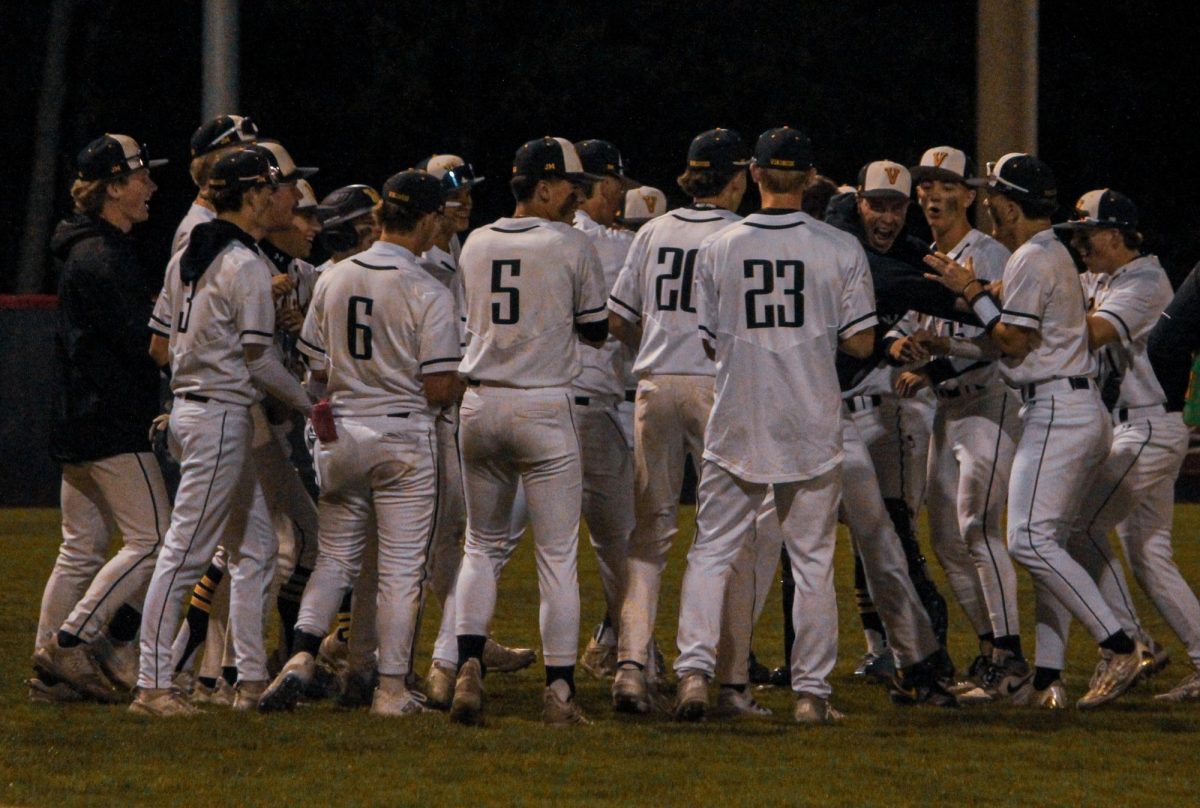Australia continues to endure the massive spread of fires that started in late September 2019. As of Feb. 2, an estimated one billion animals and 33 people, including three American firefighters, have died and 1,300 families have lost their homes.
According to the Los Angeles Times, 2,700 firefighters, including a team of 170 volunteers from California, are on the frontlines of the fires.
“They say it takes a village, where it takes all types to make a successful hand crew,” Justine Gude said in an interview with the Los Angeles Times in January.
Fire in Australia is not rare; the fire season typically spans from November to May of the following year. Yet these fires started earlier and are worse than they have been in past years. Queensland University in Australia said that this is likely because of rising temperatures, an extended drought and strong winds that have been affecting the country since September 2019.
Human activity is also partially to blame for the start of the fires, the New South Wales Police Department said. As of Jan. 13, they have charged 24 people with deliberately starting bushfires and have taken legal action for fire-related offenses against 183 people since November 2019.
The bushfires slowed their spread in early January of this year because of rain storms in the three states most impacted by the fires. This did not completely contain them, but it did prevent them from growing stronger in some parts of Australia.
Firefighters are using this break to try to contain the bushfires despite the Bureau of Meteorology’s prediction of rising temperatures later this week.
“Unfortunately, the reprieve may be short-lived with a blast of heat likely late this week in some areas,” the New South Wales Bureau of Meteorology said on Twitter.
This heat wave caused fires to start in Perth and Tasmania on Jan. 29, but these fires have since been downgraded from an “emergency” to a “watch-and-act” situation, The Guardian said.
Damages from these fires are extensive. The Wall Street Journal said that over 72,000 square miles of land has been lost to the fires. Reparations will cost Australia an estimated $3.5 billion.
International support for this fire is overwhelming. Donations of supplies and money have been coming into the country since the start of the fires. To further aid the country in its restorations, the national government has created a national fire recovery fund with $1.4 billion to help repair damages from future fires.
The federal government and researchers in the United States are pushing for donations to organizations that focus on climate change in order to prevent fires like this from happening again.
“We’ve been primed to do something about climate change,” said Matthew Sisco, a doctoral candidate and data scientist at Columbia University who does research on responses to climate change. “Now, this is an event linked directly to it and pulling at our heart strings.”






















